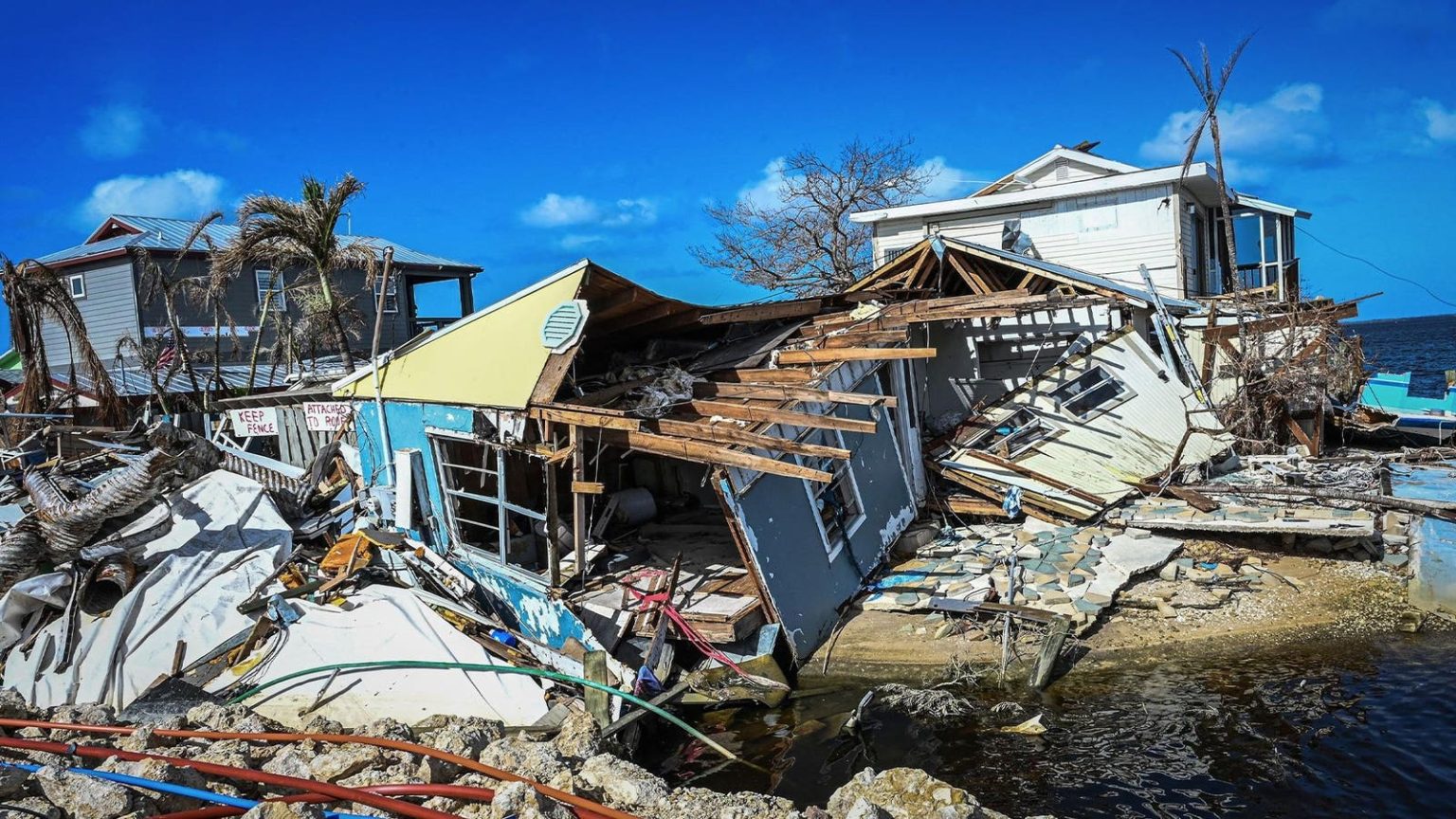Catastrophe bonds were the highest performing alternative asset class in 2023, with a 20% return. A new ETF, called ROAR, is set to launch, but its success hinges on the upcoming hurricane season, which is predicted to be intense with an 85% chance of major storms. Despite the forecast, the appetite for investing in catastrophe bonds remains strong, as they offer a chance for robust returns if natural disasters don’t surpass certain claim damage thresholds.
Brookmont Capital Management, a Dallas-based investment manager, filed a prospectus for the Catastrophic Bond ETF with the SEC on July 12th. The fund will be actively managed, with at least 80% of its net assets invested in catastrophe bonds and insurance-linked securities, covering risks such as earthquakes, typhoons, and windstorms. The goal is to gather at least $200 million in assets within the first year after the expected September 25th launch.
Catastrophe bonds were created after Hurricane Andrew devastated South Florida in 1992, leading to $15.5 billion in insurance losses and multiple insurer bankruptcies. Insurers turned to credit markets to raise capital by offering rates comparable to junk bonds, allowing them to transfer the risk of extreme events off their books. Investors in these bonds receive high yields and uncorrelated returns, providing genuine diversification to a portfolio and potentially stable returns even in market downturns.
The new Catastrophic Bond ETF will provide a simpler and more liquid way for investors to access this asset class, which has $47.4 billion outstanding today and has seen significant growth in recent years. While investing in catastrophe bonds was previously limited to mutual funds or private accounts, an ETF will offer real-time pricing, lower fees, and easier trading. However, concerns have been raised about the liquidity of catastrophe bonds and the general feasibility of an ETF for this asset class.
Brookmont is partnering with a sub-advisor with expertise in catastrophe bonds to address liquidity challenges and ensure deal flow for the ETF. The fund will also have the flexibility to invest in related instruments, such as insurance-linked securities and insurers’ corporate bonds, to provide investors with immediate exposure until actual catastrophe bonds are acquired. The launch of the Catastrophic Bond ETF marks a significant milestone in the accessibility of this asset class for both institutional and retail investors.


